"Big Macs and Bitcoin" (long-form post, part of a Bitcoin book project)
This is a section I drafted as part of a small book about Bitcoin for normies. I wrote this after showing my younger brother an earlier version and he said, "You have to talk about the dollar losing its value". I asked him how many words I should write and he said, "I think it's important". This is my draft -- with a focus on showing important trends with simple data. All feedback welcome! ________________ "The dollar is dying, and Bitcoin is one of the few things that can save your savings from inflation." – Robert Kiyosaki, author of "Rich Dad Poor Dad" A few years ago, I met Jerry, a friend of a friend, at a dinner party. When the topic of Bitcoin came up he brushed it off as risky. I listened carefully to his point of view. I could tell he didn’t grasp the basics. I told Jerry I’d built my savings with Bitcoin and still saw it as a great way to grow wealth. I offered to dive deeper if he was curious, but he wasn’t, so we switched topics. I recently ran into Jerry again and we started chatting. He brought up the topic of grocery prices. “Everything is so expensive these days,” he said while shaking his head. I thought about the first time I had met Jerry. The price of Bitcoin had almost tripled since then. Part of me wanted to tell Jerry, “For me, grocery costs have shrunk since we last talked—thanks to Bitcoin.” My Bitcoin savings have grown as its value keeps climbing. Even if eggs cost twice as much now, my Bitcoin buys more than it did back then, thanks to its steady rise. A younger me would have said something like that. But these days if someone has a different point of view than me and isn’t up for a chat, I’m happy to let it go. Jerry grumbled more about rising costs, then went to grab a soda, still shaking his head. What’s really going on here? Jerry’s feeling that ‘everything’s so expensive’ makes sense. Anyone buying gas or food sees prices climbing. For many, paychecks aren’t keeping up. That’s what we mean by ‘inflation.’ Here’s another angle: the US Federal Reserve, our central bank, keeps creating more dollars. This boosts the money supply, steadily shrinking each dollar’s purchasing power. Unlike dollars, Bitcoin operates free from government control. Its supply is fixed, and no one—not even the Federal Reserve—can create more. Bitcoin exists above and beyond governments. "Bitcoin is the best form of money we’ve ever seen because it can’t be inflated away by any government." – Michael Saylor This table shows the US dollar’s fading value over time. It compares a US worker’s median salary to how many minutes they’d need to work for one McDonald’s Big Mac: Year Median Yearly Salary (USD) Cost of a Big Mac (USD) Minutes Worked for 1 Big Mac 1980 24,064 1.60 8 1990 31,232 1.92 8 2000 41,344 2.24 7 2010 52,156 3.83 9 2020 61,152 4.89 10 The trend is clear: earning a Big Mac takes more effort now. Workers today need 25% more time to afford a Big Mac than in 1980. Homes are getting tougher to buy too: Year Median Home Price (USD) Median Yearly Salary (USD) Years of Work to Afford a Home 1980 $62,200 $24,064 2.6 1990 $122,900 $31,232 3.9 2000 $165,300 $41,344 4.0 2010 $221,800 $52,156 4.3 2020 $336,900 $61,152 5.5 Homes are worse than Big Macs—it takes double the time to earn an average home’s price today compared to 1980. Back to Jerry and Bitcoin. We all notice prices rising, just as he did. But we can also see why: the US government keeps creating more dollars, steadily weakening each one we earn. This is why people invest their dollars into other things. We say, “Make your dollars work for you,” “Buy real estate,” and “Play the stock market”. Boomers turned to real estate to beat inflation. Many Americans choose the stock market and 401(k)s, while some pick gold or silver to preserve value. These are common paths, but Bitcoin offers another way. Every strategy has its pros and cons. It’s up to you to decide what’s best for you. I wrote this book because I believe Bitcoin is one of the best tools out there for protecting and growing purchasing power. Let’s look at Bitcoin’s price history versus the price of the typical American home: Year Median U.S. Home Price (USD) Bitcoin Price (Yearly Average, USD) How Much Bitcoin to Buy a Home 2012 $238,400 $8.45 28,201 2016 $299,800 $567.84 528 2020 $336,900 $11,211.00 30 2024 $419,300 $67,500 6.21 In 2012, a home cost about 28,000 Bitcoin. By 2016, you needed only 600. Last year, just 6 Bitcoin could cover a typical American home. What about Bitcoin and Big Macs? Here’s the trend: Year Bitcoin Price (Yearly Average, USD) Cost of a Big Mac (USD) Big Macs per 1 BTC 2012 $8.45 $4.06 2 2016 $567 $4.53 125 2020 $11,211 $4.89 2,293 2024 $67,500 $5.69 11,862 In 2012, one Bitcoin bought 2 Big Macs. By 2016, it covered hundreds. In 2020, thousands. Now, one Bitcoin can buy tens of thousands of Big Macs. The data in this section is simplified. We didn’t go into details like taxes, mortgage rates, or any
This is a section I drafted as part of a small book about Bitcoin for normies.
I wrote this after showing my younger brother an earlier version and he said, "You have to talk about the dollar losing its value". I asked him how many words I should write and he said, "I think it's important". This is my draft -- with a focus on showing important trends with simple data.
All feedback welcome!
________________
"The dollar is dying, and Bitcoin is one of the few things that can save your savings from inflation." – Robert Kiyosaki, author of "Rich Dad Poor Dad"
A few years ago, I met Jerry, a friend of a friend, at a dinner party. When the topic of Bitcoin came up he brushed it off as risky. I listened carefully to his point of view. I could tell he didn’t grasp the basics.
I told Jerry I’d built my savings with Bitcoin and still saw it as a great way to grow wealth. I offered to dive deeper if he was curious, but he wasn’t, so we switched topics.
I recently ran into Jerry again and we started chatting. He brought up the topic of grocery prices. “Everything is so expensive these days,” he said while shaking his head. I thought about the first time I had met Jerry. The price of Bitcoin had almost tripled since then.
Part of me wanted to tell Jerry, “For me, grocery costs have shrunk since we last talked—thanks to Bitcoin.” My Bitcoin savings have grown as its value keeps climbing. Even if eggs cost twice as much now, my Bitcoin buys more than it did back then, thanks to its steady rise.
A younger me would have said something like that. But these days if someone has a different point of view than me and isn’t up for a chat, I’m happy to let it go. Jerry grumbled more about rising costs, then went to grab a soda, still shaking his head.
What’s really going on here?
Jerry’s feeling that ‘everything’s so expensive’ makes sense. Anyone buying gas or food sees prices climbing. For many, paychecks aren’t keeping up. That’s what we mean by ‘inflation.’
Here’s another angle: the US Federal Reserve, our central bank, keeps creating more dollars. This boosts the money supply, steadily shrinking each dollar’s purchasing power.
Unlike dollars, Bitcoin operates free from government control. Its supply is fixed, and no one—not even the Federal Reserve—can create more. Bitcoin exists above and beyond governments.
"Bitcoin is the best form of money we’ve ever seen because it can’t be inflated away by any government." – Michael Saylor
This table shows the US dollar’s fading value over time. It compares a US worker’s median salary to how many minutes they’d need to work for one McDonald’s Big Mac:
| Year | Median Yearly Salary (USD) | Cost of a Big Mac (USD) | Minutes Worked for 1 Big Mac |
|---|---|---|---|
| 1980 | 24,064 | 1.60 | 8 |
| 1990 | 31,232 | 1.92 | 8 |
| 2000 | 41,344 | 2.24 | 7 |
| 2010 | 52,156 | 3.83 | 9 |
| 2020 | 61,152 | 4.89 | 10 |
The trend is clear: earning a Big Mac takes more effort now. Workers today need 25% more time to afford a Big Mac than in 1980.
Homes are getting tougher to buy too:
| Year | Median Home Price (USD) | Median Yearly Salary (USD) | Years of Work to Afford a Home |
|---|---|---|---|
| 1980 | $62,200 | $24,064 | 2.6 |
| 1990 | $122,900 | $31,232 | 3.9 |
| 2000 | $165,300 | $41,344 | 4.0 |
| 2010 | $221,800 | $52,156 | 4.3 |
| 2020 | $336,900 | $61,152 | 5.5 |
Homes are worse than Big Macs—it takes double the time to earn an average home’s price today compared to 1980.
Back to Jerry and Bitcoin. We all notice prices rising, just as he did. But we can also see why: the US government keeps creating more dollars, steadily weakening each one we earn.
This is why people invest their dollars into other things. We say, “Make your dollars work for you,” “Buy real estate,” and “Play the stock market”.
Boomers turned to real estate to beat inflation. Many Americans choose the stock market and 401(k)s, while some pick gold or silver to preserve value. These are common paths, but Bitcoin offers another way.
Every strategy has its pros and cons. It’s up to you to decide what’s best for you. I wrote this book because I believe Bitcoin is one of the best tools out there for protecting and growing purchasing power.
Let’s look at Bitcoin’s price history versus the price of the typical American home:
| Year | Median U.S. Home Price (USD) | Bitcoin Price (Yearly Average, USD) | How Much Bitcoin to Buy a Home |
|---|---|---|---|
| 2012 | $238,400 | $8.45 | 28,201 |
| 2016 | $299,800 | $567.84 | 528 |
| 2020 | $336,900 | $11,211.00 | 30 |
| 2024 | $419,300 | $67,500 | 6.21 |
In 2012, a home cost about 28,000 Bitcoin. By 2016, you needed only 600. Last year, just 6 Bitcoin could cover a typical American home.
What about Bitcoin and Big Macs? Here’s the trend:
| Year | Bitcoin Price (Yearly Average, USD) | Cost of a Big Mac (USD) | Big Macs per 1 BTC |
|---|---|---|---|
| 2012 | $8.45 | $4.06 | 2 |
| 2016 | $567 | $4.53 | 125 |
| 2020 | $11,211 | $4.89 | 2,293 |
| 2024 | $67,500 | $5.69 | 11,862 |
In 2012, one Bitcoin bought 2 Big Macs. By 2016, it covered hundreds. In 2020, thousands. Now, one Bitcoin can buy tens of thousands of Big Macs.
The data in this section is simplified. We didn’t go into details like taxes, mortgage rates, or any McDonald’s coupons we might find lying around.
Regardless, the trend is obvious. The US dollar is losing its purchasing power over time. We have to work harder to keep up. On the other hand, saving in Bitcoin over the long haul not only protected purchasing power – it increased it dramatically.
[link] [comments]




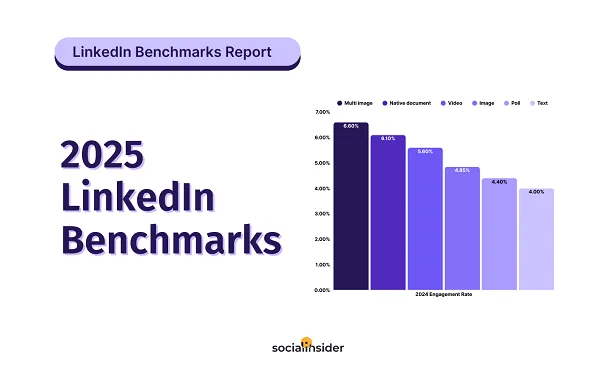
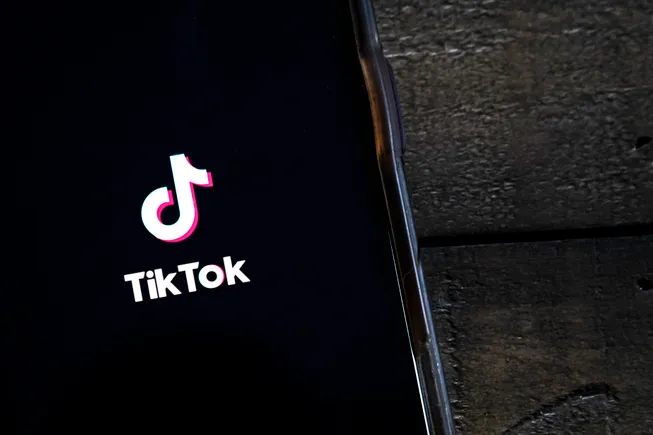
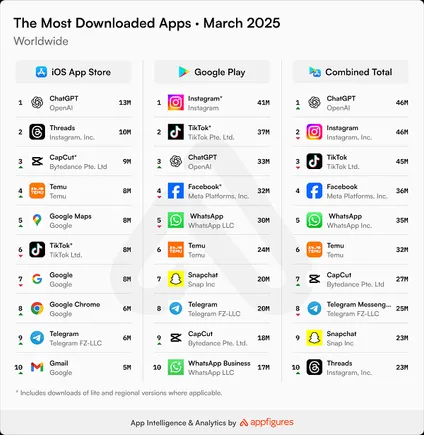

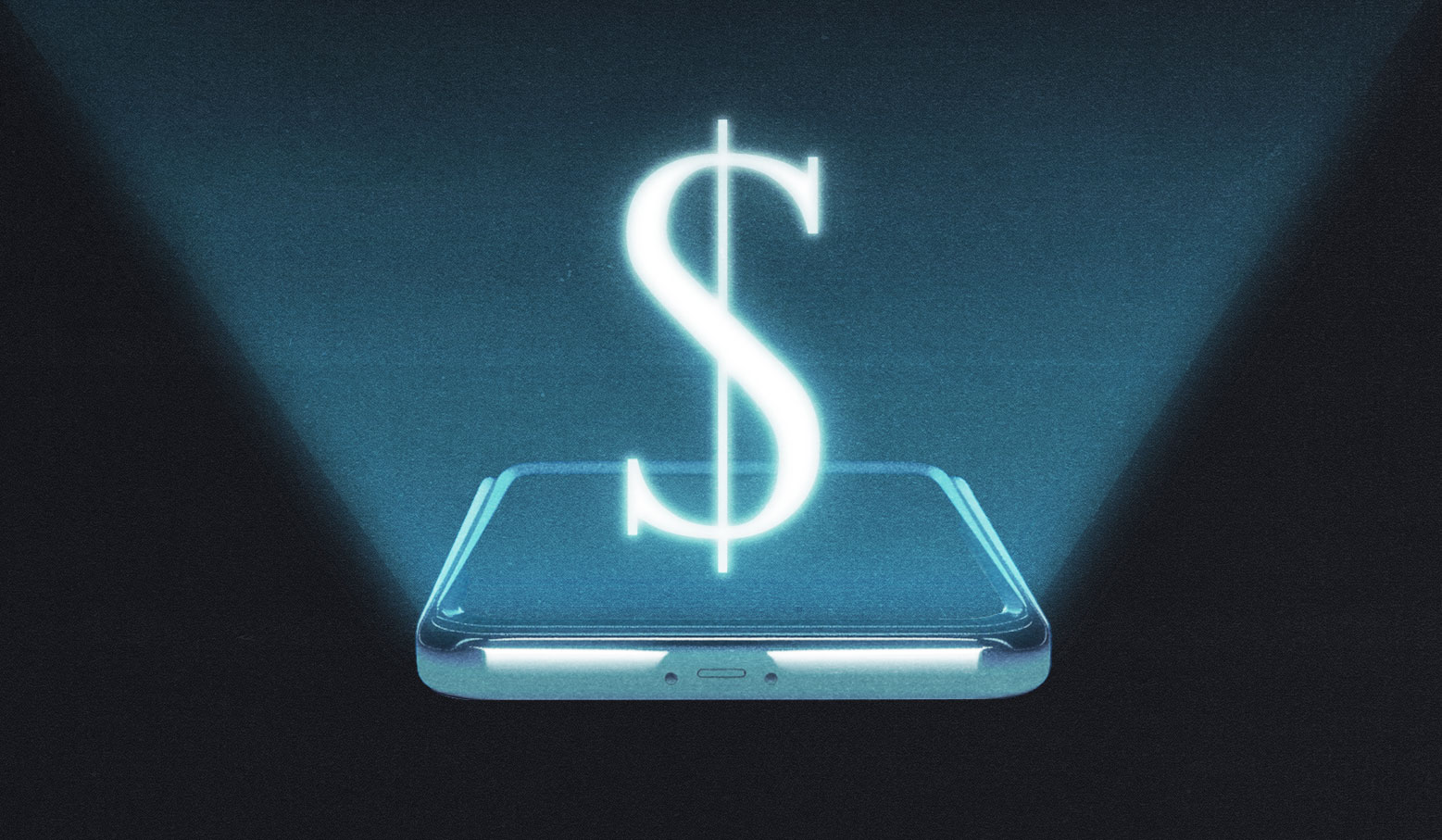
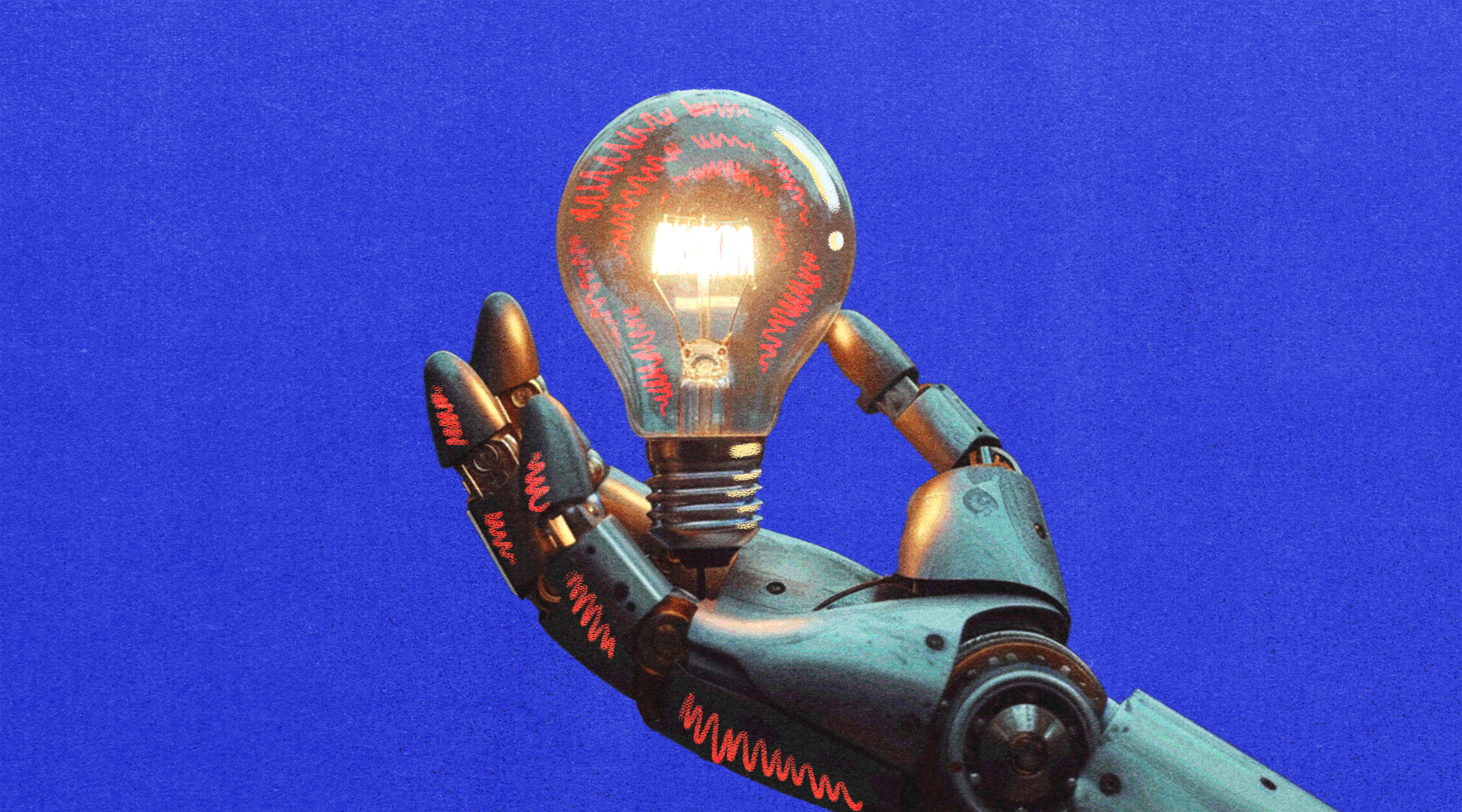














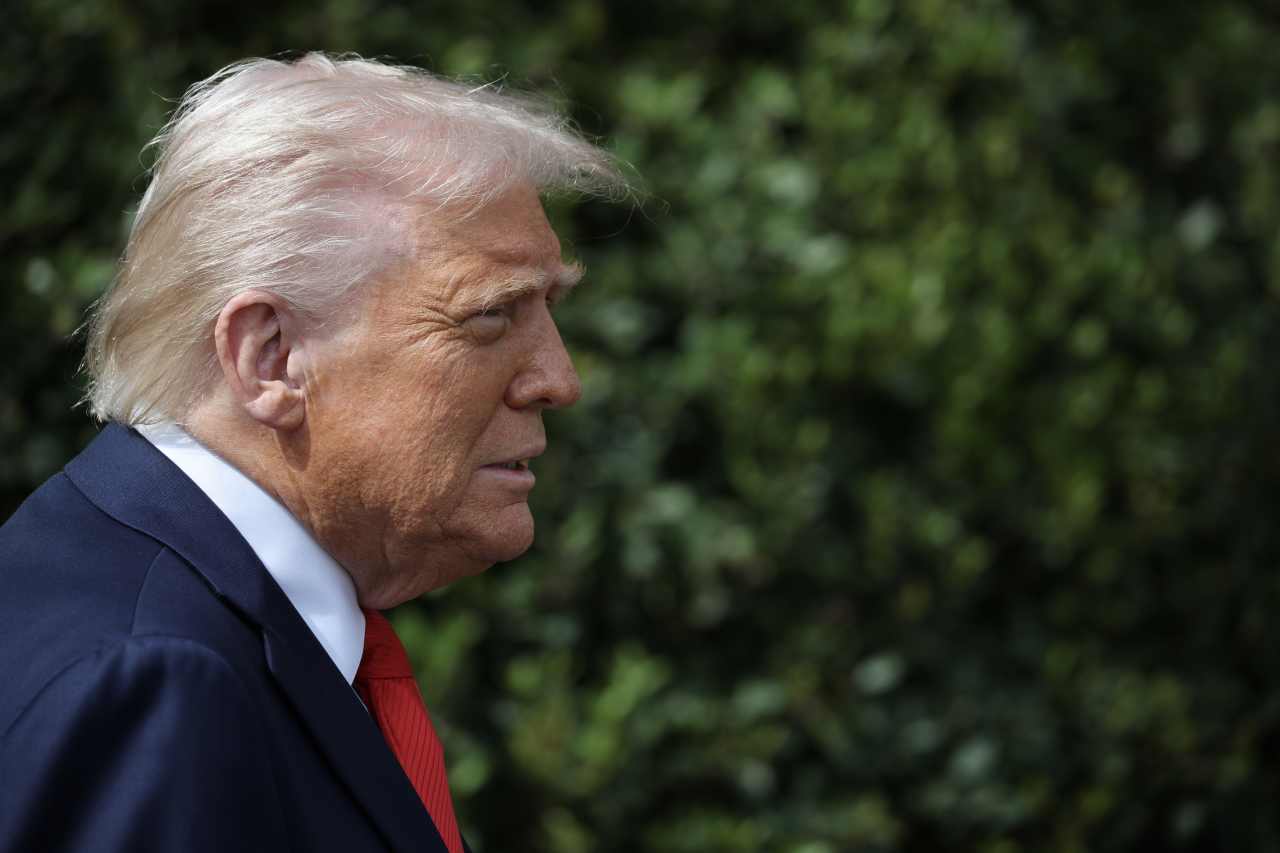
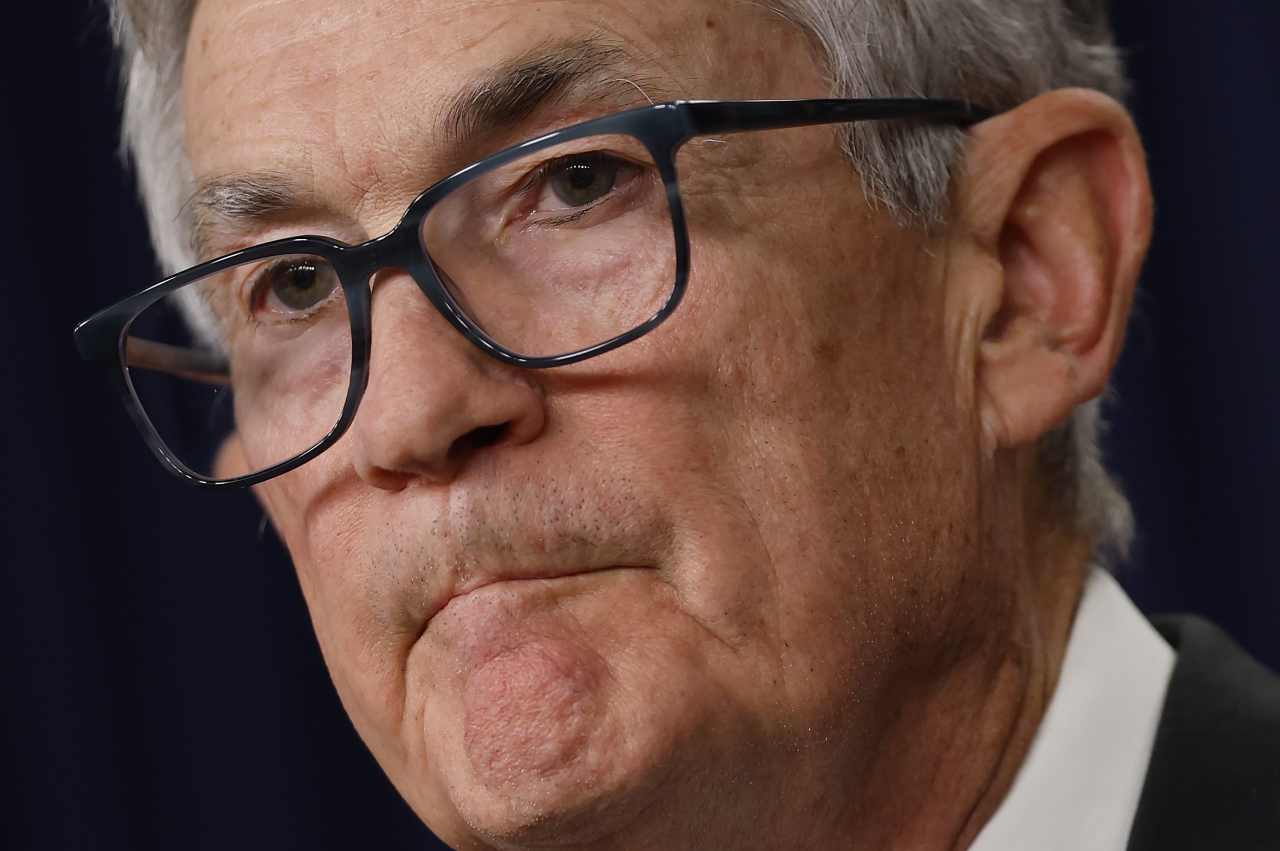





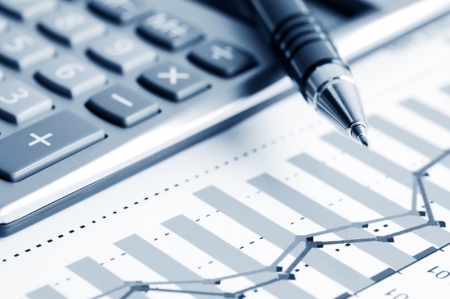
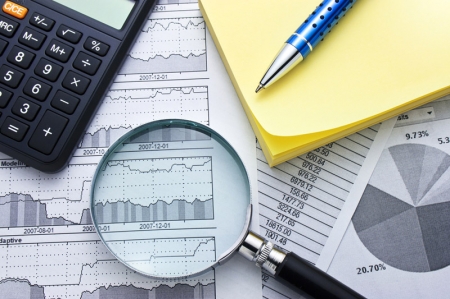









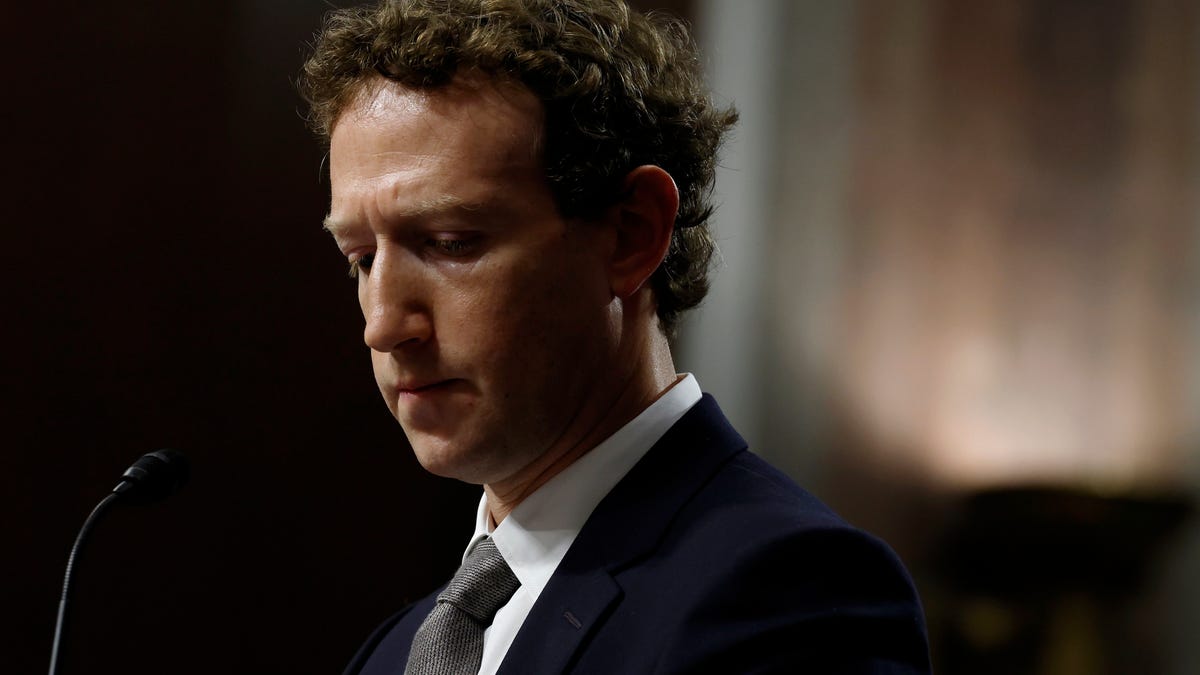
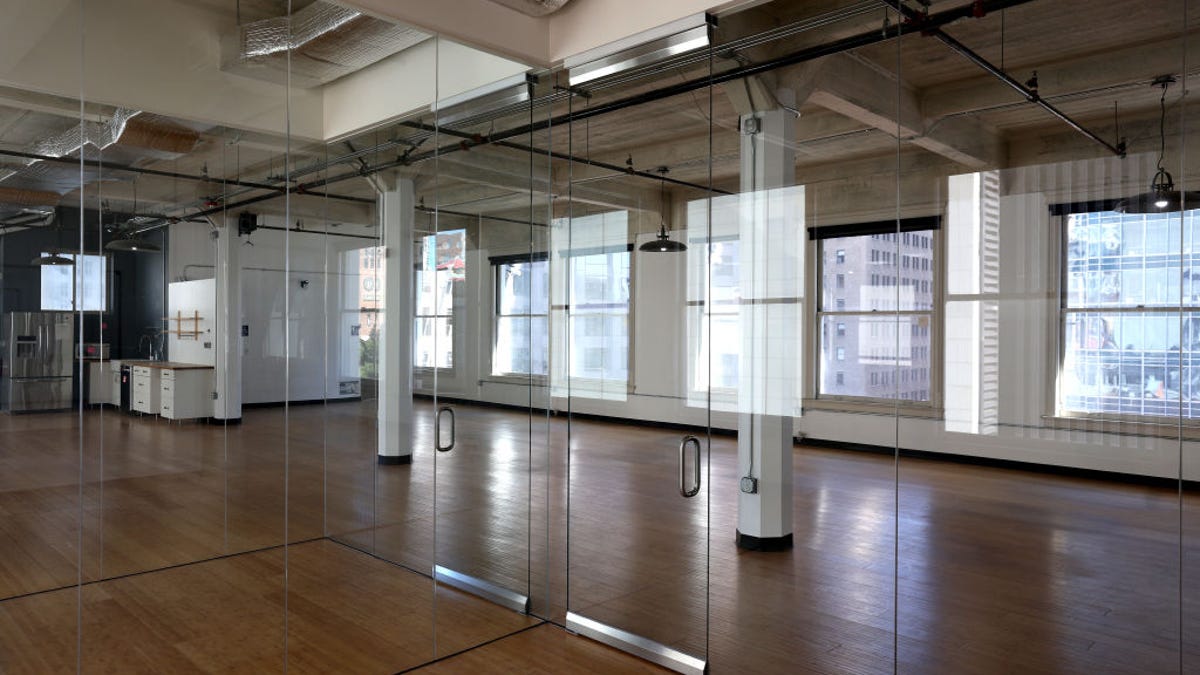

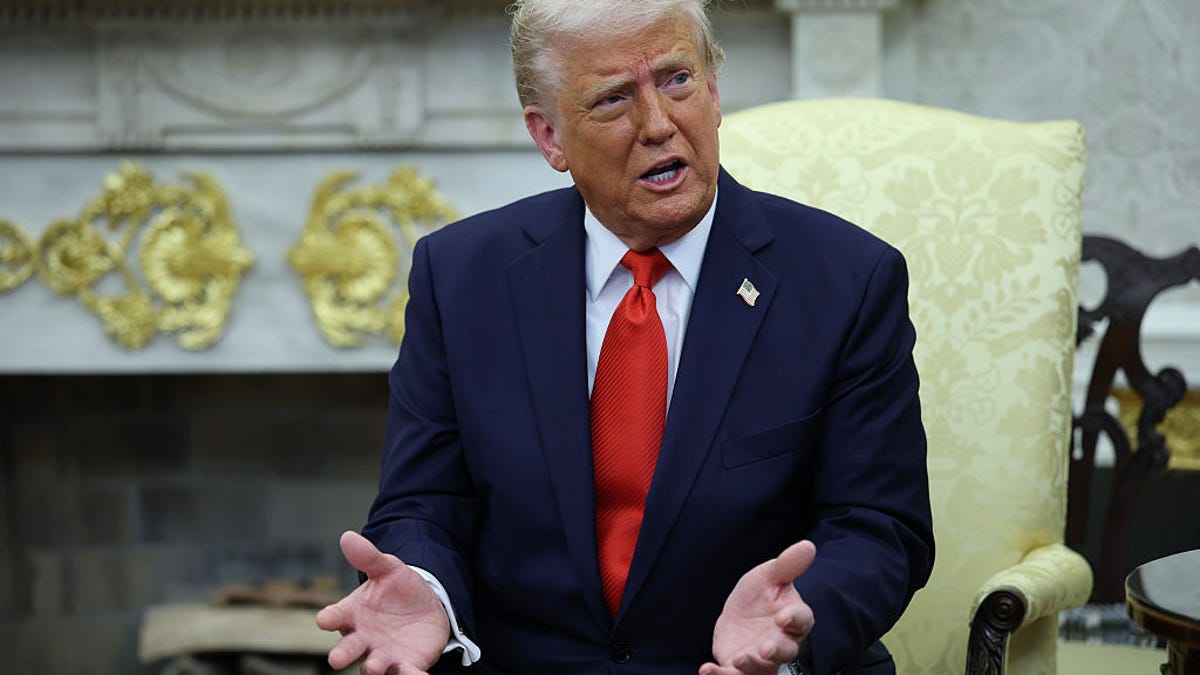
















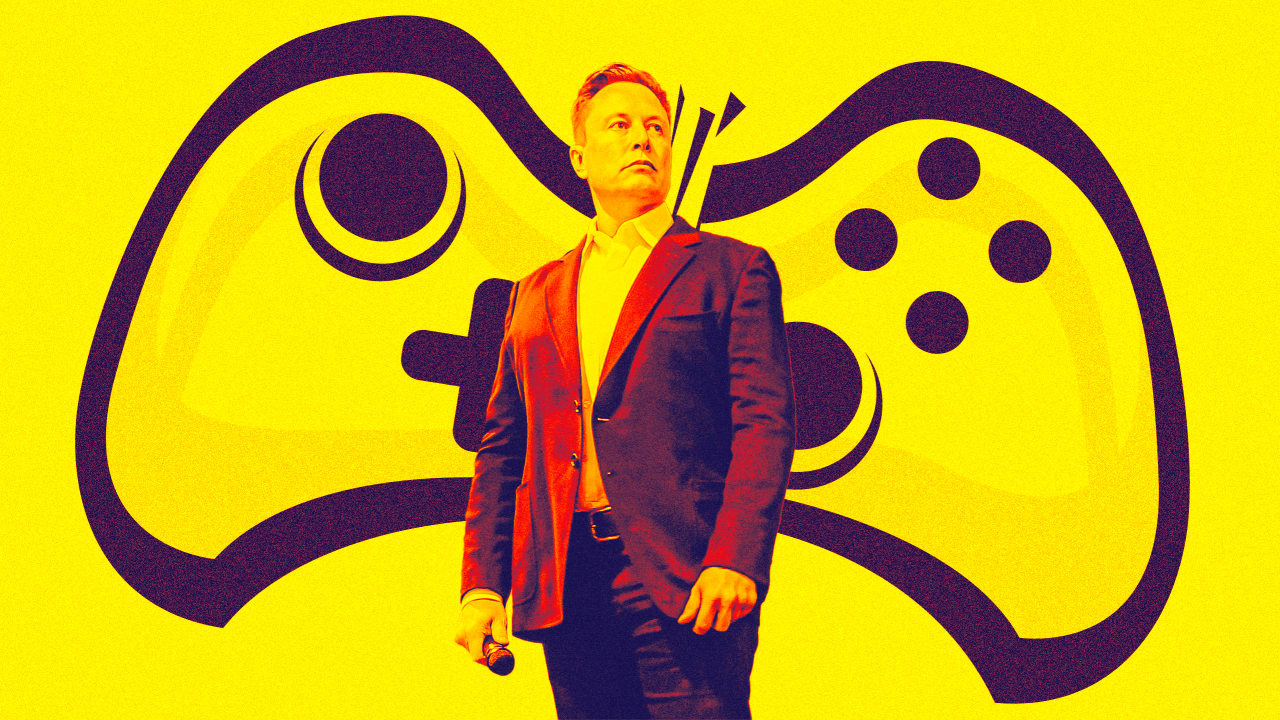



























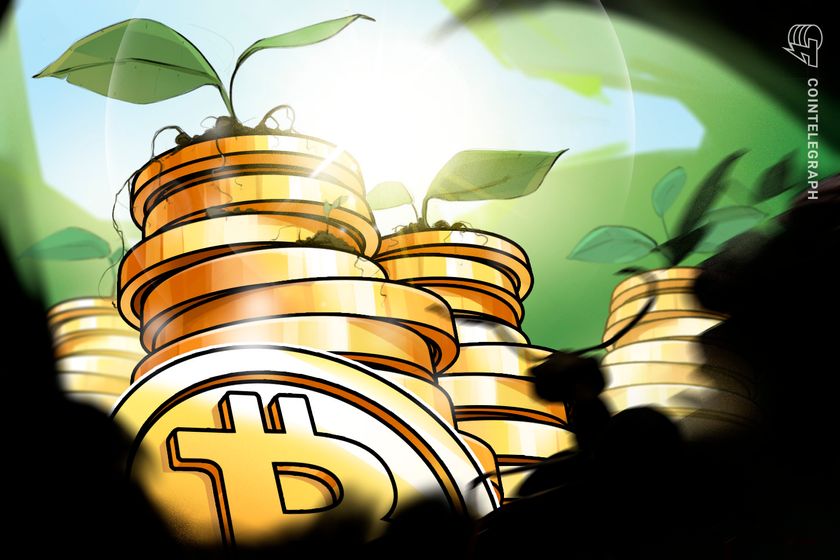











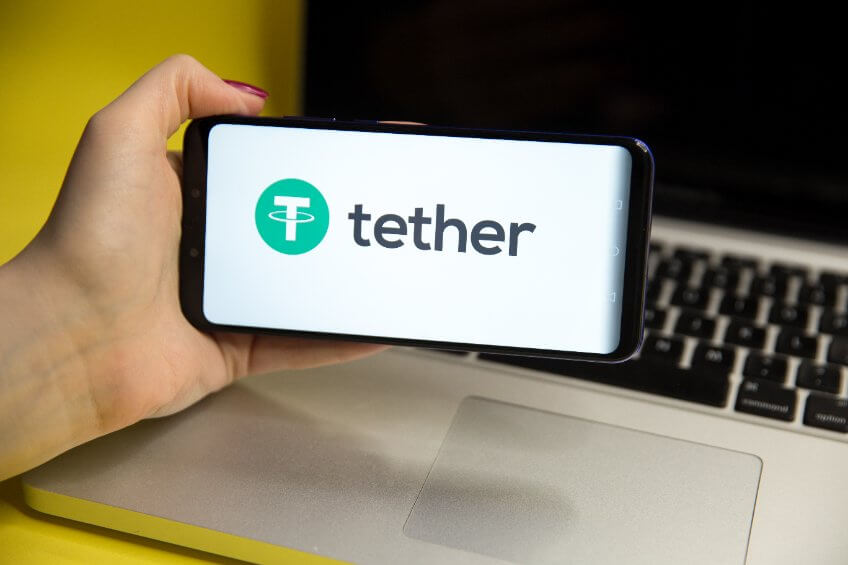
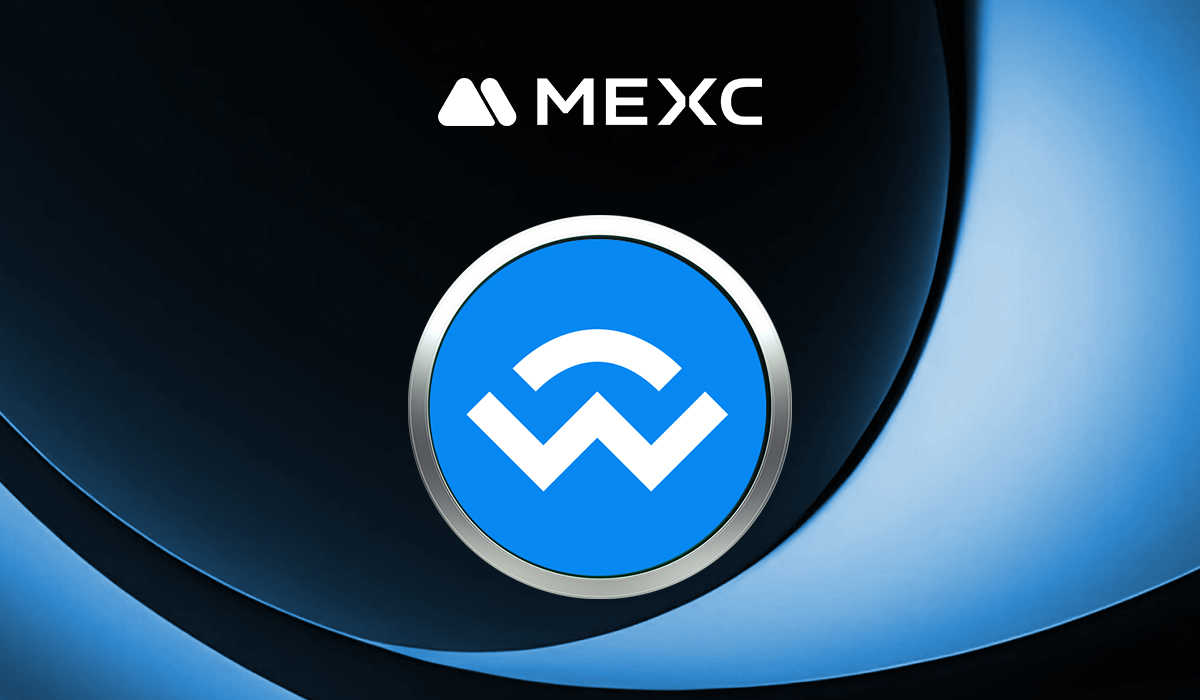







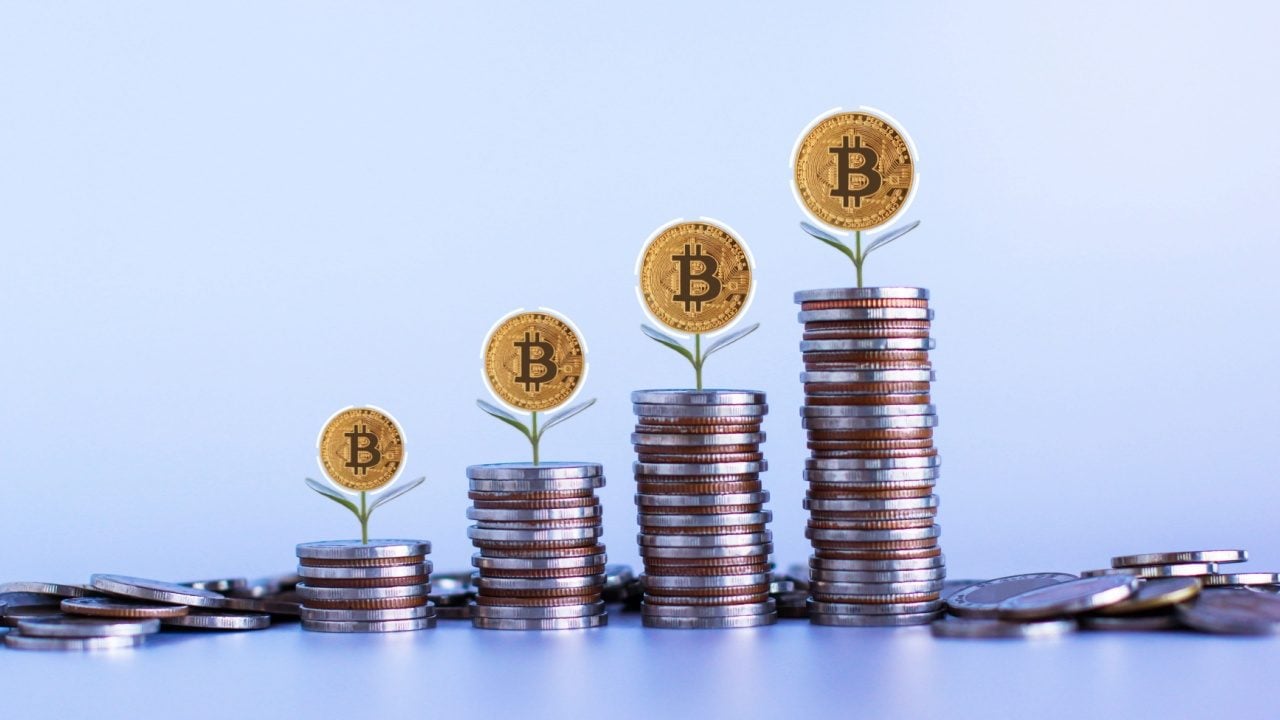


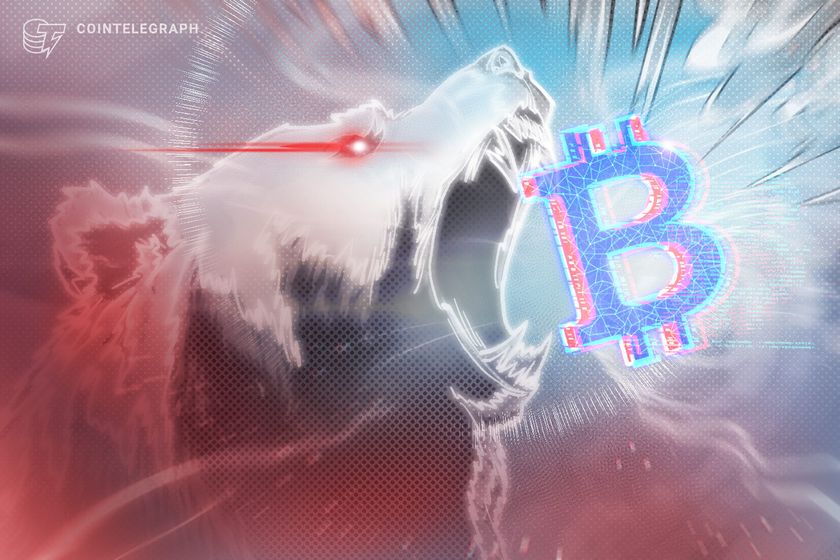



























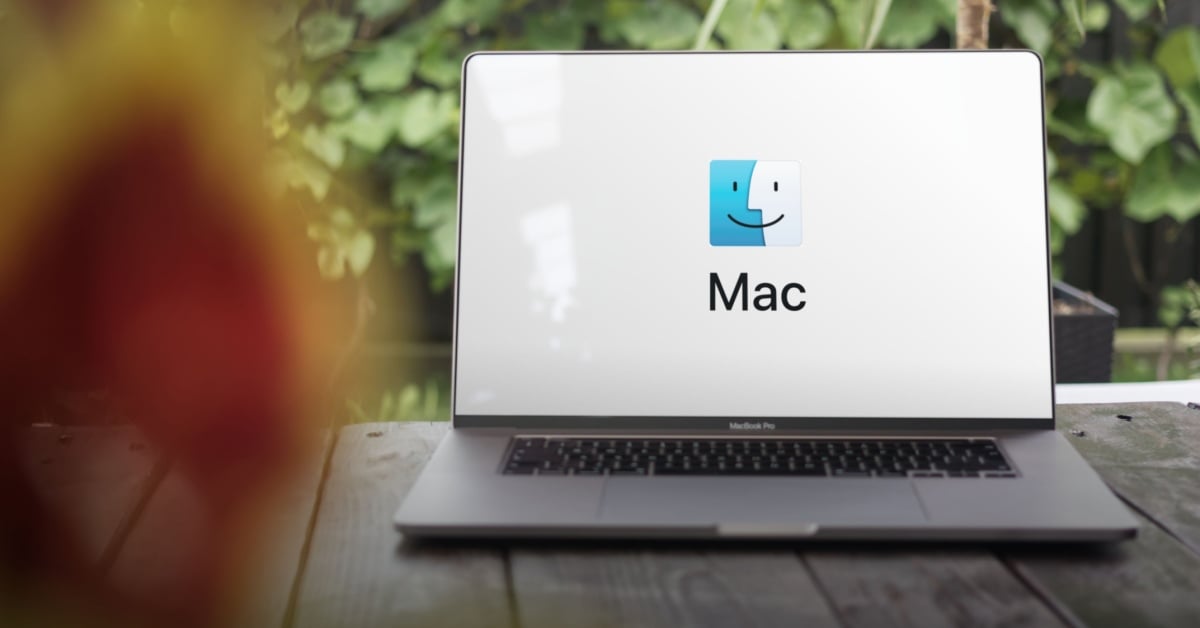














































![How to Find Low-Competition Keywords with Semrush [Super Easy]](https://static.semrush.com/blog/uploads/media/73/62/7362f16fb9e460b6d58ccc09b4a048b6/how-to-find-low-competition-keywords-sm.png)



